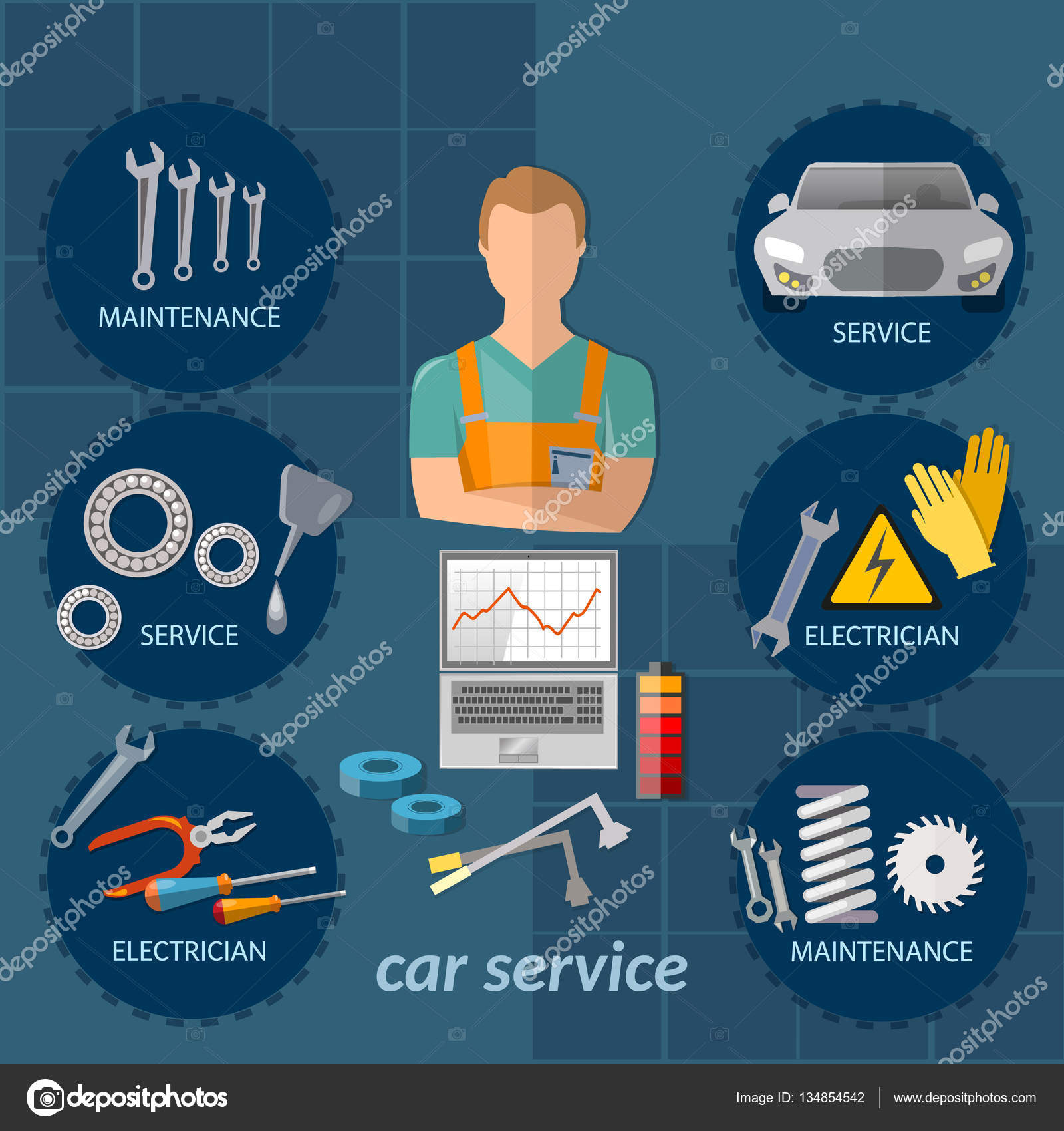Comprehending The Value Of Your Auto'S Warning Signals: What They Really Represent
Comprehending The Value Of Your Auto'S Warning Signals: What They Really Represent
Blog Article
Post Writer-Samuelsen Forbes
When you're behind the wheel, those beautiful warning lights on your dashboard can be a bit difficult. Do you understand what they're attempting to tell you about your vehicle's health and wellness? Recognizing the value of these lights is essential for your safety and security and the long life of your car. So, the following time one of those lights turns up, wouldn't you intend to decode its message precisely and take the needed actions to address it?
Common Warning Lighting and Interpretations
Recognize typical warning lights in your auto and comprehend their significances to guarantee secure driving.
One of the most common warning lights include the check engine light, which indicates issues with the engine or discharges system. If this light comes on, it's vital to have your automobile checked promptly.
The oil pressure cautioning light indicates low oil stress, requiring instant interest to avoid engine damages.
A blinking battery light might suggest a damaged charging system, possibly leaving you stranded otherwise resolved.
The tire pressure monitoring system (TPMS) light informs you to reduced tire stress, affecting car security and fuel effectiveness. Disregarding this might result in harmful driving problems.
The ABS light indicates an issue with the anti-lock braking system, endangering your ability to stop swiftly in emergencies.
Finally, the coolant temperature cautioning light warns of engine overheating, which can result in severe damages otherwise fixed promptly.
Understanding these common warning lights will assist you resolve problems quickly and preserve secure driving conditions.
Relevance of Prompt Interest
Understanding the typical warning lights in your car is just the very first step; the significance of immediately attending to these cautions can not be emphasized sufficient to guarantee your security when driving.
When a warning light brightens on your control panel, it's your auto's means of communicating a prospective issue that requires interest. Overlooking these warnings can cause a lot more extreme issues in the future, compromising your safety and security and possibly costing you a lot more out of commission.
Prompt attention to alerting lights can protect against breakdowns and mishaps. As an example, a flashing check engine light can indicate a misfire that, if left ignored, can trigger damage to the catalytic converter. Addressing car washing services without delay can save you from an expensive repair.
Similarly, a brake system cautioning light could signify reduced brake liquid or used brake pads, important components for your safety when driving.
DIY Troubleshooting Tips
If you notice a warning light on your dashboard, there are a few DIY troubleshooting tips you can try before seeking professional aid.
The first step is to consult your vehicle's handbook to recognize what the details caution light shows. Sometimes the issue can be as simple as a loose gas cap activating the check engine light. Tightening up the gas cap may solve the issue.
linked internet site is a low battery, which can cause various cautioning lights. Inspecting the battery connections for corrosion and ensuring they're safe may deal with the issue.
If a caution light continues, you can attempt resetting it by detaching the car's battery for a couple of minutes and after that reconnecting it. In addition, checking your car's liquid degrees, such as oil, coolant, and brake liquid, can help troubleshoot alerting lights related to these systems.
Conclusion
In conclusion, comprehending your cars and truck's warning lights is crucial for maintaining your automobile running smoothly and securely. By promptly addressing these notifies and knowing what they mean, you can prevent pricey repair services and possible malfunctions.
Remember to consult your vehicle's manual for specific details on each alerting light and do something about it appropriately to ensure a trouble-free driving experience.
Stay educated, remain secure when driving!
